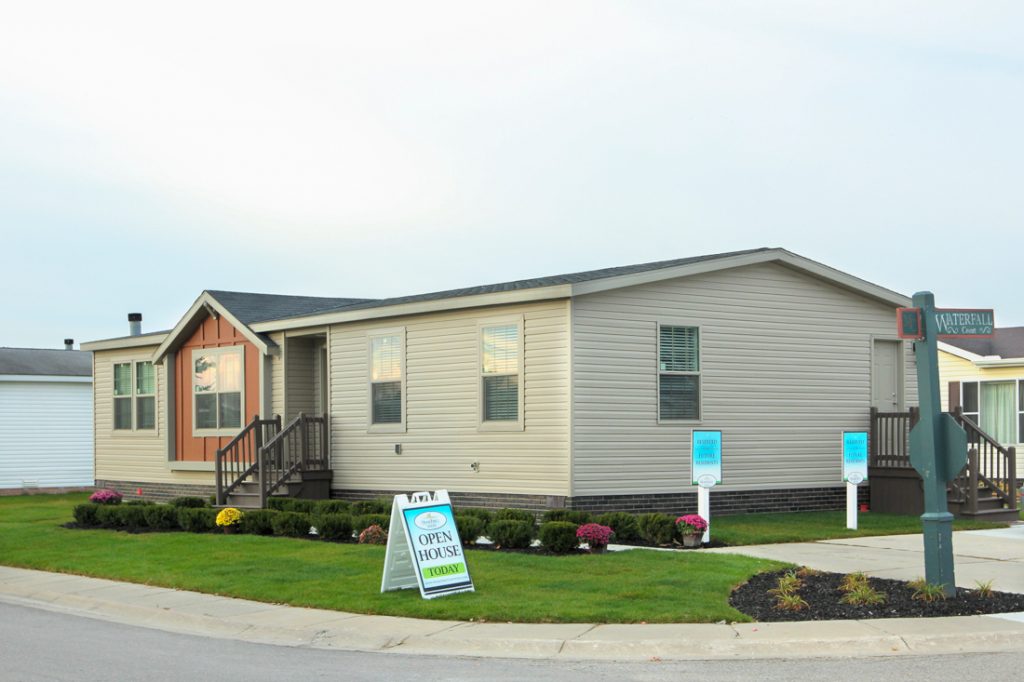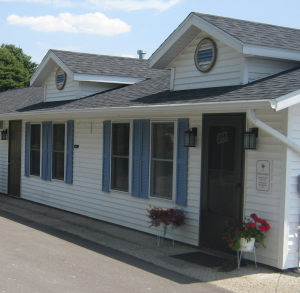The 9-3-1 Plan Can Double or Triple Sales

Throughout my career, I’ve seen countless prospect follow-up systems used by sales professionals, many of which they’ve developed by trial and error. The key is, they had a system.
I started with the tickler system. And in a seminar for insurance sales I was impressed with the concept.
As time went on, I attended more programs and observed what the great sales consultants do, not only in our industry but others. Obviously, there is no single prospecting system that’s perfect, although I’ve yet to find one better suited for the professional housing consultant.
It’s called the 9-3-1 Plan. It is intended to double or even triple the number of sales. I can assure you, if properly done, you’ll be amazed at the results.
Every time I present the program, attendees can’t wait to get back to their office and start making more money. Unfortunately, few follow up — as anything that’s worthwhile takes work.
So, here’s the program, in its simplest terms — and I guarantee you will, at a minimum, double the number of sales you’re currently producing.
The Premise of the 9-3-1 Plan
You commit to follow up with a minimum of 27 prospects every day you come to the office. They’ll be broken down as follows:
- 9 emails to previous customers
- 9 telephone contacts, not just calls to previous customers
- 9 personalized letters via regular mail to previous customers
Using Your Calendar
Hopefully, you schedule your days using either a Google or Microsoft calendar. The basis for prospect follow-up is quite simple:
- You must follow up with a customer a minimum of six times over two months after they visited your model home village, or make an email or telephone inquiry.
- After the initial contact, based on how you rate their hot button, determine the next follow-up date for the prospect and enter their name into your calendar.
- Keep a separate three-ring binder with a copy of the prospect guest registration, so you’ll have all of the appropriate contact information. Over time, you’ll be surprised how many binders you’ll be working with. It’s not uncommon for some people to have upwards of 3,000 customers in their system!

Take These Six Steps
Step #1:
To be effective, the program must be used every day you work; and it starts by having you come in half an hour earlier than you are accustomed.
After checking your calendar, schedule your day into five categories:
- Determine which follow-up notes and letters need to be mailed.
- Determine which follow-up emails need to be sent.
- Review the files and appointments you’ve made for the day.
- Respond to new emails and inquiries that have arrived.
- Determine what follow-up telephone calls need to be made.
Step #2:
Do your written follow-up “Notes & Letters” first, and get them out of the way. We’ve become very accustomed to email, so personalized notes will be more difficult, but very effective. Always include a business card and, if you are typing the letter, add something handwritten along the side of the letter to “personalize” your message even more.
Always finish your follow-up letter by asking the prospect, “When would you like to come back in and tour the models?”
Enter into your calendar the date for the next follow-up. No other work needs to be done until the next follow-up date, unless the prospect calls, writes or emails you back.
Step #3:
Do your follow-up emails and, again, always finish your email by asking the prospect, “When would you like to come back in and tour the models?”
Once the email has been sent, determine your next follow-up date in your calendar. No other work needs to be done until the next follow-up date, unless the prospect calls or emails you back.
Step #4:
Review your appointments for the day. Always be prepared for your prospects coming in by having the information from their previous visits in front of you, including emails, follow-up letters or phone contacts. Customers appreciate someone who is prepared.
Step #5:
Review new emails and inquiries. Check emails from previous customers first and respond immediately. People love someone who’s attentive to their needs and willing to help them solve their problems.
You’ll then review new inquiries and respond accordingly. Of course, you’ll always finish by asking the prospect, “When would you like to come in and tour the models?”
Once the email has been sent, determine the follow-up date. No other work needs to be done until that date, unless the prospect calls or emails you back.
Step #6:
Make a minimum of nine follow-up telephone calls to previous prospects and new email prospects.
Always be prepared before you make your calls. Have something important to discuss or mention to the prospect. Nobody likes to be bothered with someone asking, “Do you have any other questions,” or “I just wanted to follow up to see how you are doing.”
If you reach the prospect, always finish your call by asking, “When would you like to come back in and tour our new models?”
On the other hand, if you do not reach the prospect and they have an answering machine, leave a brief message with hot points. If you do not reach the prospect and they do not have an answering machine, write a follow-up letter or send an email.
Regardless, do some form of contact with the customer and use your calendar to schedule the next follow-up.

Results of the 9-3-1 Plan
Let’s summarize the results, so you’ll really understand how the 9-3-1 plan works.
You’ve committed to contact a total of 27 customers who have seen you previously. Reach out to them in the following manner:
- You’ll send out 9 follow-up letters to 9 specific customers
- Email 9 additional customers
- And you’ll call a minimum of 9 additional prospects
Here’s the question I always ask: “If you truly committed each and every day to following up with 27 previous customers, how many of them do you think will likely come back to see you before making their housing decision?”
Now, before you answer, let’s do the math together. If you do 27 follow-ups every day and you work only five days per week, that would mean you’re contacting 135 people every week!
Most people will tell me probably five to 10 of these will come back from the 27 follow-ups. My answer is always the same. “Let’s shoot low and say less than 10 percent, or about two of those 27 customers, will come back to see you based on all the hard work and follow-up you’ve done.” Is that OK?
Of course everyone agrees, because my number is obviously lower than theirs!
How Many Customers Will You See in a Day?
The next question I ask is, “On the average, including weekends, how many new prospects do you really see on a typical day? These are people that have never been to your model home village.”
Most will say, on average (including weekends), they’ll typically see two or three new customers.

Again, I’ll say, “Let’s once again shoot low and say only one new customer comes in each day. Does that sound fair?”
Once again, everyone agrees, and this is where it gets not only fun, but interesting. It’s now time for everyone to see how the program works.
We’ve all agreed we’re going to reach out, every single day, to 27 customers who have yet to make a housing decision. By doing this, we’ve agreed that, at a minimum, two of those 27 people we’re reaching out to every day will come back in before making their housing decision. In addition, we’ll see at least one new prospect every day.
So, at a minimum, you’ve tripled your sales opportunity from just one new prospect coming in for the first time, and added two return visitors. Of those three customers, how many do you think will eventually buy a mobile home?
Once again, they’ll shoot a bit high and say two out of the three. Once again, I’ll say, “Let’s not be greedy, but say one of those three will write an order. Is that fair?” Everyone nods their head yes, and I finally give them the facts.
The Numerals in the 9-3-1 Plan
You’ve mailed out 9 letters, sent out 9 emails and made 9 follow-up calls. This is where the “9” in the 9-3-1 plan comes from.
In addition, we all agreed that, at a minimum, less than 10 percent (or only two of those 27 people) will come back to visit. And you’ll see a minimum of one new prospect per day. So, your two return visitors plus the one new visitor is a total of 3 per day; that’s where the “3” in the 9-3-1 plan comes from.
Finally, we’ve all agreed that based on the hard work you’ve done, those 3 customers will likely generate 1 new order. Obviously, this is where the “1” in the 9-3-1 plan comes from.
Let’s say you only work 45 weeks out of the year and only five days per week. The salespeople who truly dedicate themselves to this program will follow up with over 6,000 customers each year.
Industry consultant Ken Corbin has worked with more than 800 manufactured housing communities, retailers, manufacturers and associations.













